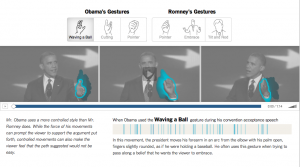VibroAesthetics :
Project ideas:
1.Wearable muscle movement sensing neck device for paralytic patients.
2. Wearable wrist movement/health sensing device for Carpal Tunnel Syndrome.
Why?: Because both my wrist and neck hurts a lot.
Final project:
Wearable wrist movement/health sensing device for Carpal Tunnel Syndrome.
Why? : because wrist needed immediate attention.
What is Carpal Tunnel Syndrome:
Repetitive wrist strain injuries are one of the nation’s most common occupational health problems, costing businesses $2.8 billion annually according to the 2003 Liberty Mutual Workplace Safety Index. Many repetitive strain injuries stem from the use of conventional computer keyboards, mice, musical instruments etc.
The carpal tunnel is an anatomical compartment located at the base of the palm.
Nine flexor tendons and the median nerve pass through the carpal tunnel that is surrounded on three sides by the carpal bones that form an arch.
The median nerve provides feeling or sensation to the thumb, index finger, long finger, and half of the ring finger. At the level of the wrist, the median nerve supplies the muscles at the base of the thumb that allow it to abduct, or move away from the fingers, out of the plane of the palm. The carpal tunnel is located at the middle third of the base of the palm.
This tunnel is normally narrow, so any swelling can pinch the nerve and cause pain, numbness, tingling or weakness. This is called carpal tunnel syndrome.
The Project:
The purpose of this project is to create a low-cost, easily configurable conversational device that make the discussion of disability easier, less judgmental which measures wrist health that utilizes vibrotactile feedback to convey information about wrist health to the body.
Experiments:
1. Just for an experimental purpose I started with the muscle wire as an actuator.
Soon the idea of “it” being an autonomous device with actuators (Electroactive Polymers) which would by force changed the motion of user’s wrist didn’t made any sense.
2. Accelerometer experiment.
I tried to map x-axis & y -axis tilt with a dual-axis thermal accelerometer. Since it measures acceleration & rotation with a range of+-3g, I thought it will be the best to use to measure both wrist flexion and extension. But soon I realized that its measuring PRONATION & SUPINATION which is forearm motion, not a wrist motion.
What do I have right now:
1. A glove… with an inertial measurement unit, four uni-flex sensors and two vibration motors mounted to provide feedback based on the position and repetitive action of the user’s hand in 2-dimensional space.
Flex sensors detects the degree of flexion-extension/radial and ulnar deviation . Arduino uno communicates with a computer wirelessly via Bluetooth with Processing and data is being saved into . csv format. Which I will visualize.
2. It calibrates itself to know the neutral position of the user.
3. Since I am an artist at heart..I couldn’t let go the aesthetician in me.
Physical disability can be an uncomfortable subject often veiled in a sense of taboo. Most people address it through a mix of denial, awkwardness and nervous self-derision. But it doesn’t have to be. I designed a brace which can be worn as a fashion accessory.
I wanted this vital heath device to transform into conversation pieces that make the discussion of disability easier, less judgmental and more open.
While I am far from suggesting that such a thing would “celebrate” disability per se, but I do believe there’s a way to honor our bodies and their idiosyncrasies without shame and stigma.
I was too motivated by Graham Pullin’s Design Meets Disability. Where he talks about how fashion is making wearers look good to others and feel better about themselves against traditional priority for design for disability to attract as little attention as possible. The approach has been less about projecting a positive image than about trying not to project an image at all.
Eyewear is one market in which fashion and disability overlap. On the rare occasions that the words design and disability are mentioned in the same breath, glasses are often referred to as the exemplar of a product that addresses a disability, yet with little or no social stigma attached. This positive image for disability has been achieved without invisibility.
Things I need to do:
1. Make a Silicon dragon skin splint with acupressure healing.
2. Use bead library for wrist health music.
3. Data viz









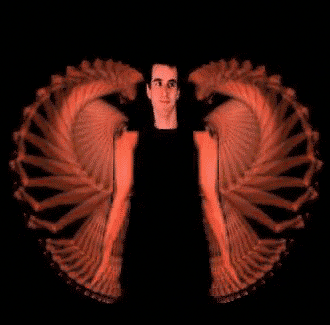
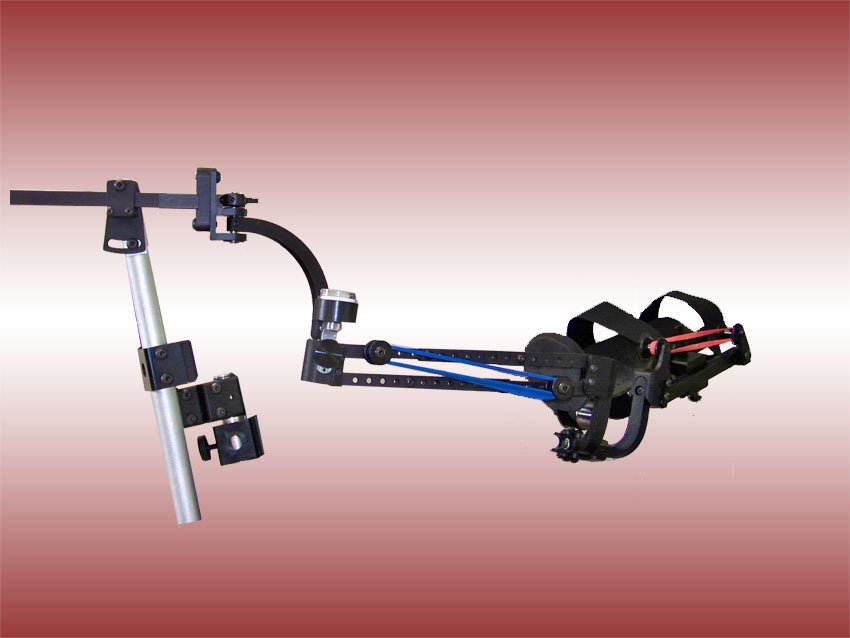
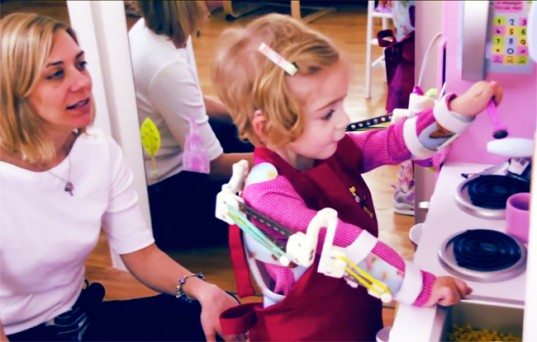
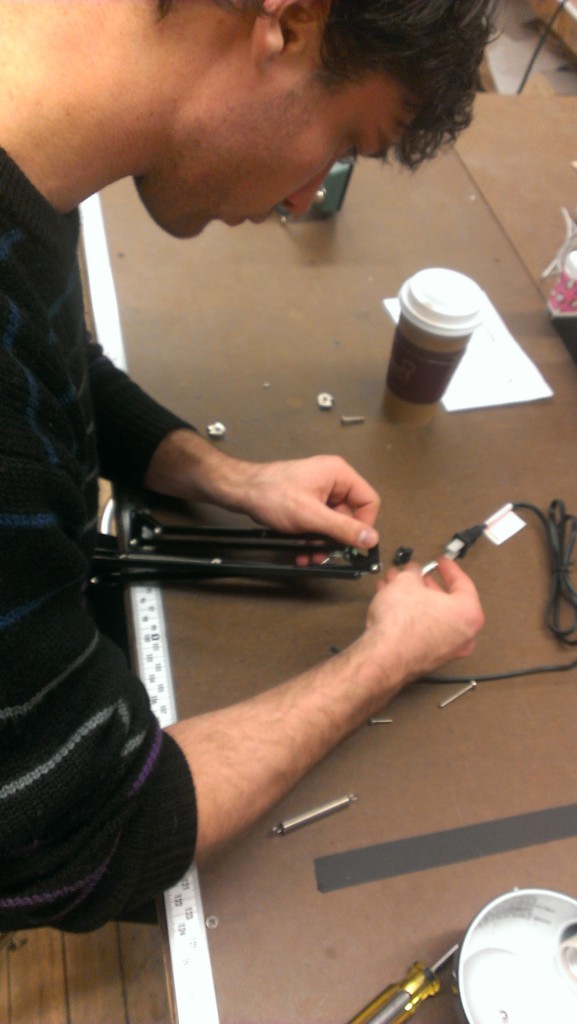
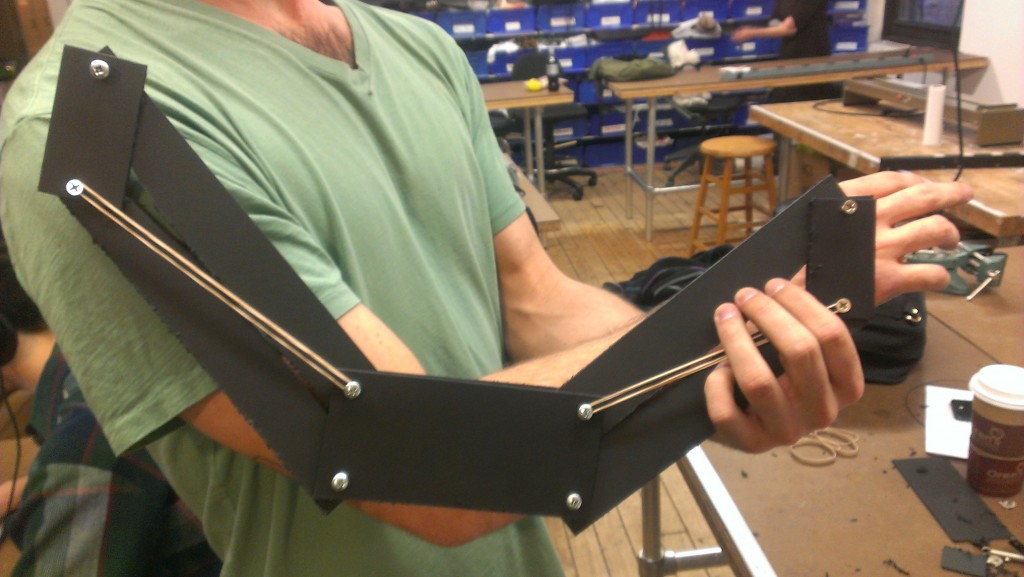
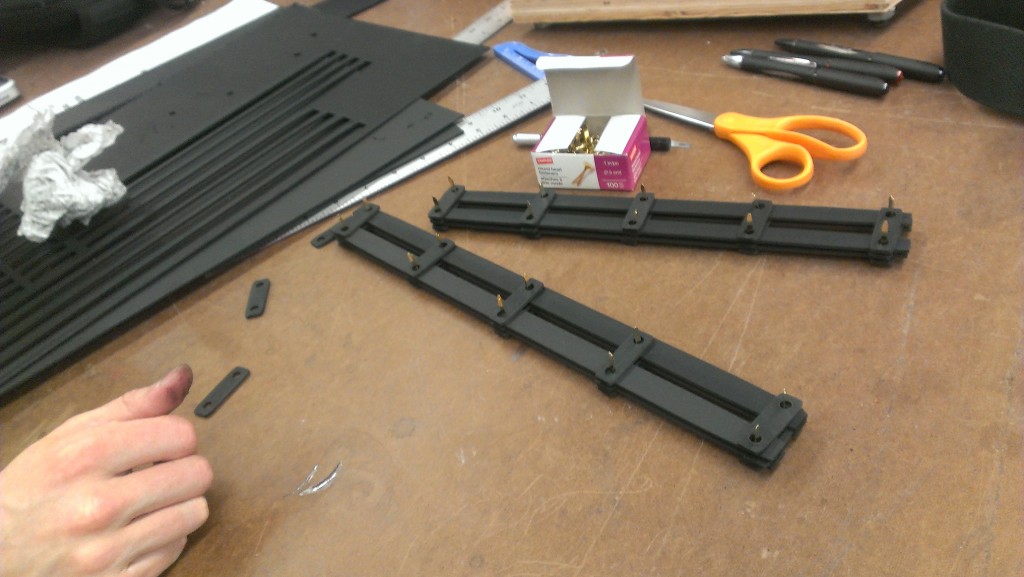
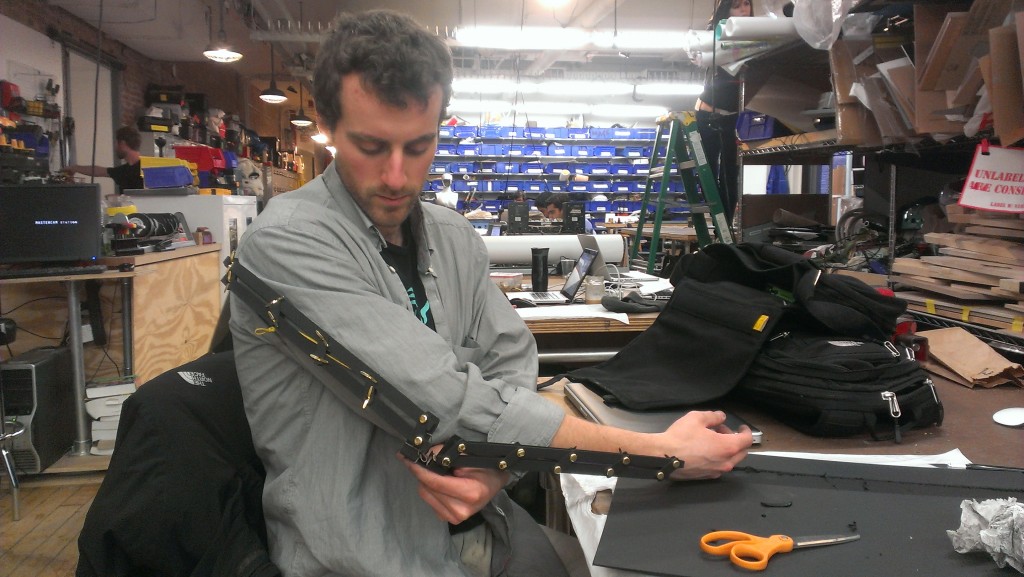


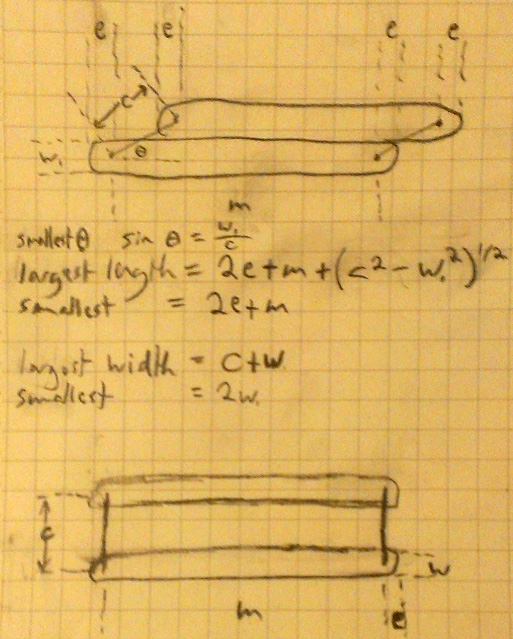



![Expressivity Visualization [front]](http://www.diybiomechanics.com/wp-content/uploads/2013/04/Expressivity-Visualization-front.png)
![Expressivity Visualization [top]](http://www.diybiomechanics.com/wp-content/uploads/2013/04/Expressivity-Visualization-top.png)
